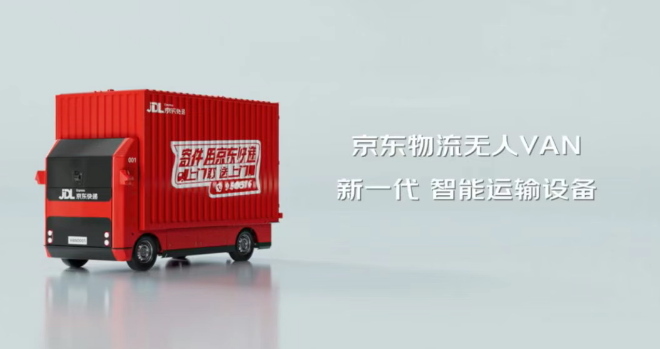Tesla recently confirmed through a job posting that it plans to establish a "remote operations" team to remotely control its upcoming fleet of robot taxis. This initiative is an important step for Tesla in achieving its robot taxi service, while also drawing on the experience of market leader Waymo.
Waymo and Tesla have significant differences in their autonomous driving strategies. Waymo uses multiple sensors, including cameras and lidar, to operate its commercialized autonomous ride-hailing services in several markets, setting geographic boundaries on maps. In contrast, Tesla relies entirely on cameras and neural networks, aiming to train its technology to achieve full autonomy anywhere.

Despite CEO Elon Musk having repeatedly criticized Waymo's strategy as non-scalable, arguing that geographic boundaries and mapping issues are its weaknesses, Tesla has now decided to adopt Waymo's approach to remote operations. While Waymo's description of its remote operation capabilities is not very clear, it is known that Waymo's vehicles can send "stuck" alerts, allowing the remote team to intervene for troubleshooting.
Tesla's new job posting mentions that the task of the AI remote operations team is to provide remote access for robot taxis and humanoid robots. With the continuous iteration of AI technology, Tesla needs to achieve highly optimized low-latency data transmission through unstable transmission methods in the real world. Tesla's goal is to integrate its hardware, firmware, and backend technologies to develop an advanced remote operation system. Remote operators will enter the vehicle's world through advanced virtual reality devices to perform complex operations.
The position being recruited is for a C++ Software Engineer, primarily responsible for developing applications used by remote operators to assist in the operation of robot taxis. Tesla plans to deploy its robot taxi fleet in California and Texas starting in the second quarter of 2025.
Additionally, Tesla's humanoid robots have begun performing simple tasks in its manufacturing facilities, with larger-scale applications expected next year.
Key Points:
🚖 Tesla plans to establish a remote operations team to support its robot taxi service, drawing on Waymo's successful experience.
🤖 Waymo and Tesla have significant differences in autonomous driving technology; the former relies on multiple sensors while the latter primarily depends on cameras and neural networks.
📅 Tesla expects to begin deploying robot taxis in the second quarter of 2025 and plans to expand the use of humanoid robots.










